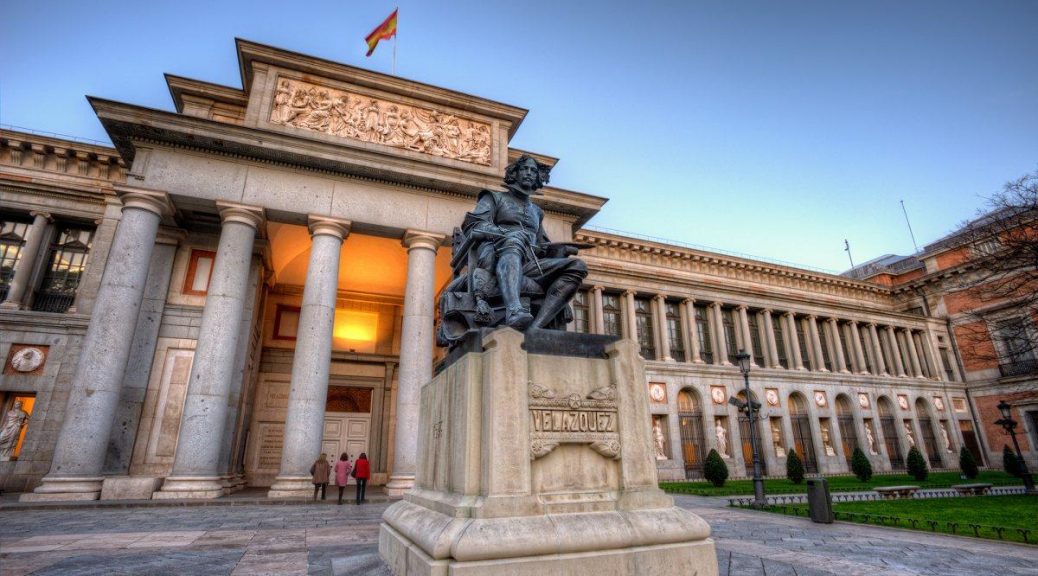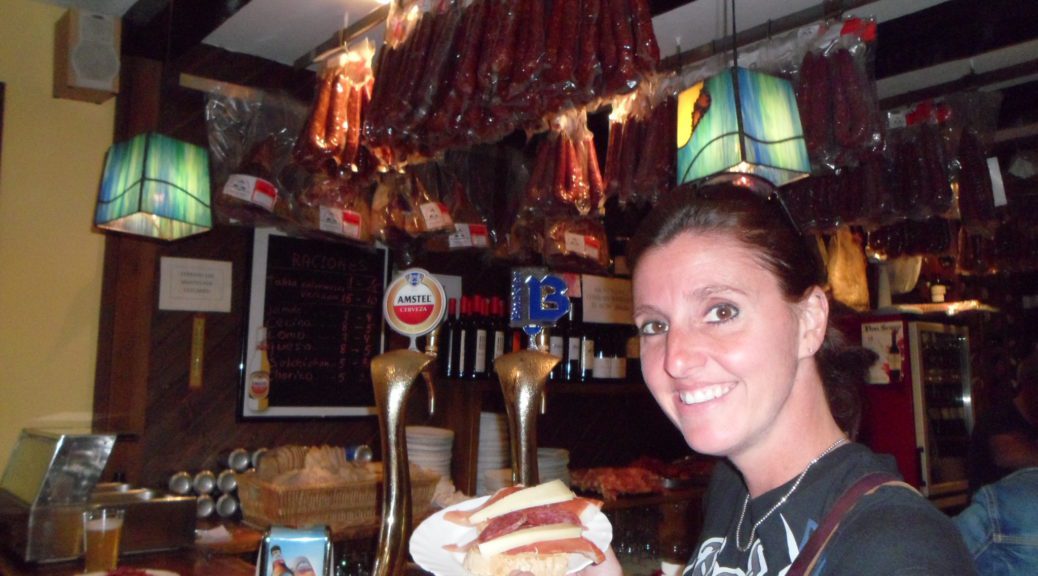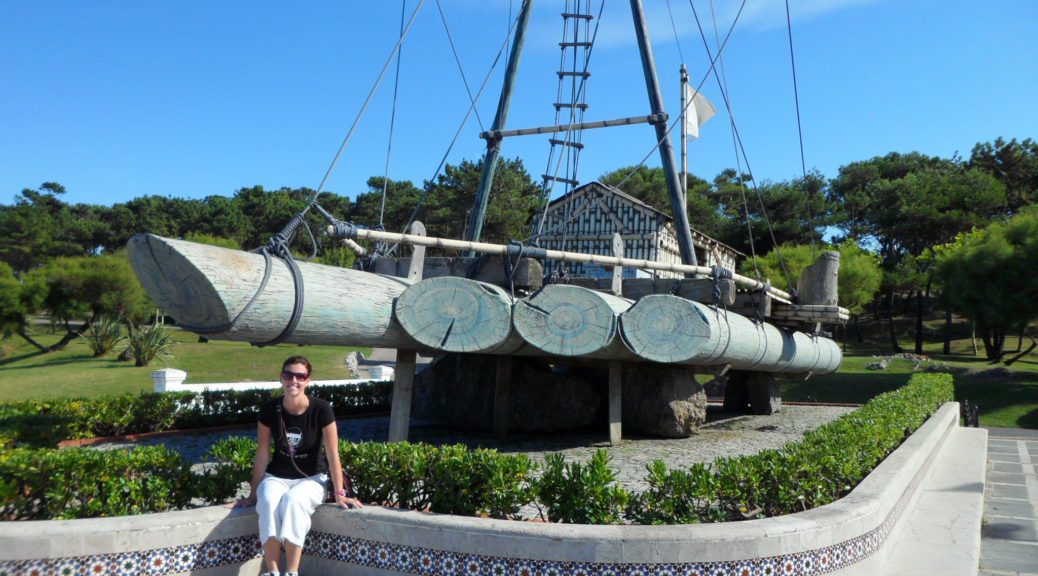MADRID
21-23 September 2013
It was always one step forward, two steps back. On the bright side we found Atocha Station in Madrid surprisingly easily (once again without Google Maps); on the downside dropping the car off turned into a nightmare!
We found a petrol station right outside Atocha Station and filled up the car, as instructed. We had no problem finding the Europcar depot or passing the checks. The big fight started when Europcar wanted to charge me SIX HUNDRED Euros for the car when my total according to the online booking I did months prior was €278.
They were saying we had opted for insurance, we definitely did not – and distinctly said no – because the insurance was more than the rental and our online booking contract included the major theft/damage waivers so we didn’t actually need it. That brought the total to €400. Then they added a whole bunch of other admin charges like one way fees (already covered in our booking contract) and fuel surcharges (not applicable because we’d filled the car up).
Two hours of back and forthing, phoning the Barcelona depot where we got the car and the online agency that rented us the car etc until I eventually had had enough and asked for a complaint form. I put my sorry story on paper and told the man at the counter that they could call me when they had the correct paperwork ready and I’d come in to pay. Needless to say, despite a post on their site, a series of Tweets and an email to their central customer services, I still hadn’t heard from them. So, it was as yet unresolved, but all my correspondence stated they could not take a cent over €278 off my card so hoped like hell that they were consumer litigious like in the US and that was scary enough for them not to just deduct the €600!
Anyway, that was enough to ruin the first impression of Madrid, but fortunately there was much more to come.
We caught a taxi to our apartment since we were now very late to meet our landlady and there was no wifi at the station or Europcar office for us to reschedule. Fortunately, she was very understanding and showed us around our digs. While our entire apartment (bedroom, living room and bathroom) totalled about the size of my bedroom at home, the space was very well allocated and the flat newly upgraded and clean, so we were very pleased. And we could not have asked for a better location – a quiet street with a festive café at the bottom of the road, a small plaza at the top with a shop a restaurant and a pub and a short trot to all the action on Gran Via and surrounds, which is where we headed first.
It was early evening and the place was teeming with people! Restaurants and cafés full; wide pavements a throng of people moving in all directions. It made it slow-going to get anywhere and since we didn’t have a specific plan to get anywhere, we stuck with what always worked and entertained ourselves with caña, tapas and, for a change, a nice sit-down dinner with lasagne, seafood pasta and good Rioja.
SUNDAY
On Sunday morning we were once again grateful for Lonely Planet guide since there was, surprisingly, not a tourist office to be found. Having breakfasted at the apartment (boiled egg and soldiers) we planned on a vigorous sightseeing walking tour (of our own design), starting with the museums Christian wanted to see, then the a few key monuments and buildings, leisurely lunch and an evening of tapas touring.
Spanner in the works when we got to the first museum, the Museo Del Prado, only to find they have free entry in the afternoon from 17H00. Quite a saving on the usual €18. So we went to the next one, the Reina Sofia art musuem. Same story, free from 15H00.
Not to be deterred, we did a walk around and took in some of the other sights. The Puerto del Sol, which is where the city gates once stood and was now the official centre and “heart” of Madrid; the Plaza Mayor, which might be every bit as lovely as its Salamanca counterpart were we not so biased; down this road and that to churches, monuments, old buildings, arches, statues and fountains… stumbling across less famed treasures in between.
We of course stopped for the obligatory refuels and lucked out in crossing another aim of the day – an authentic Spanish paella – off the list quite by accident when we were served it as a tapas at Los Madroño in the Plaza del Angel and a huge bowl of it, also as a tapas, at Boñar de Leon on Calle de la Cruz Verde. Both recommendable depending whether its quality or quantity (respectively) that you’re after.
We returned to Reina Sofia and had no trouble gaining free access. Our primary mission was to see Picasso’s Guernika, so we went to that hall first and worked through the rest of the Picasso, cubists and Dali exhibits from there. Quite a thing to have seen such famous works up close – especially Guernika since it was so relevant to the regions we’d just visited.
We then made our way back to the Prado, but weren’t as lucky. The queue was out the door, round the corner and up the street. We made do with a photo of the statue of Velazquez outside (since it was the exhibit of his works that we’d primarily wanted to see) and went back to our informal wanderings.
Madrid is a great city for that. Even though it was criticised for being younger than most of the other main tourist cities in Spain, having only been capital since the 16th century and most of its buildings being from 19th and 20th centuries, there was a distinct elegance to its layout and a healthy enough representation of enormity and grandiosity to have us impressed! It had all the wide avenues and beautifully manicured street gardens to equal the most sophisticated European cities as well as a lively energy and the constant hubbub that gained the city its reputation for character and unsurpassed nightlife and entertainment. Madrid was not a city that never slept, but certainly one that didn’t sleep at night!
MONDAY
Monday, being our last day, we covered the other half of the city, starting with the Mercado Marvellas. Even though well after midday, lots of restaurants and cafés were only starting to open for the day – and even more were still shut tight. By sharp contrast, just as many people were drinking beer and wine as were drinking coffee and OJ!
The crowning glory of the day’s tour though was the Real Madrid stadium, Estadio Santiago Bernabeu, which is predictably enormous! Similarly sized to our FNB Stadium with a seating capacity of 90,000 people, it must cause chaos when there’s a match on seeing as the stadium is right in the middle of the city!
Last stop was a fond farewell caña and tapas (lomo, pork loin) at our corner pub. It was quite something to watch those barmen operate. The pub was about the size of my lounge (maybe 20 x 6m) with a wide bar counter running lengthways along the middle. The barman was on one side, with his hard tack and barrels behind him; the counter had tapas cases on it on one side, a sunken sink built in on the other and draught taps facing the barman in the middle.
There were customers sitting on barstools, standing leaning on the counter and milling about… and 1 barman serving the lot! And by serving it means taking orders, pouring drinks, serving the tapas, keeping tally of who has had what, sorting out bills and even washing glasses and tapas plates! One guy! It was amazing – and a little exhausting – watching him juggle everything! Maybe we’d been on holiday too long! 😀





